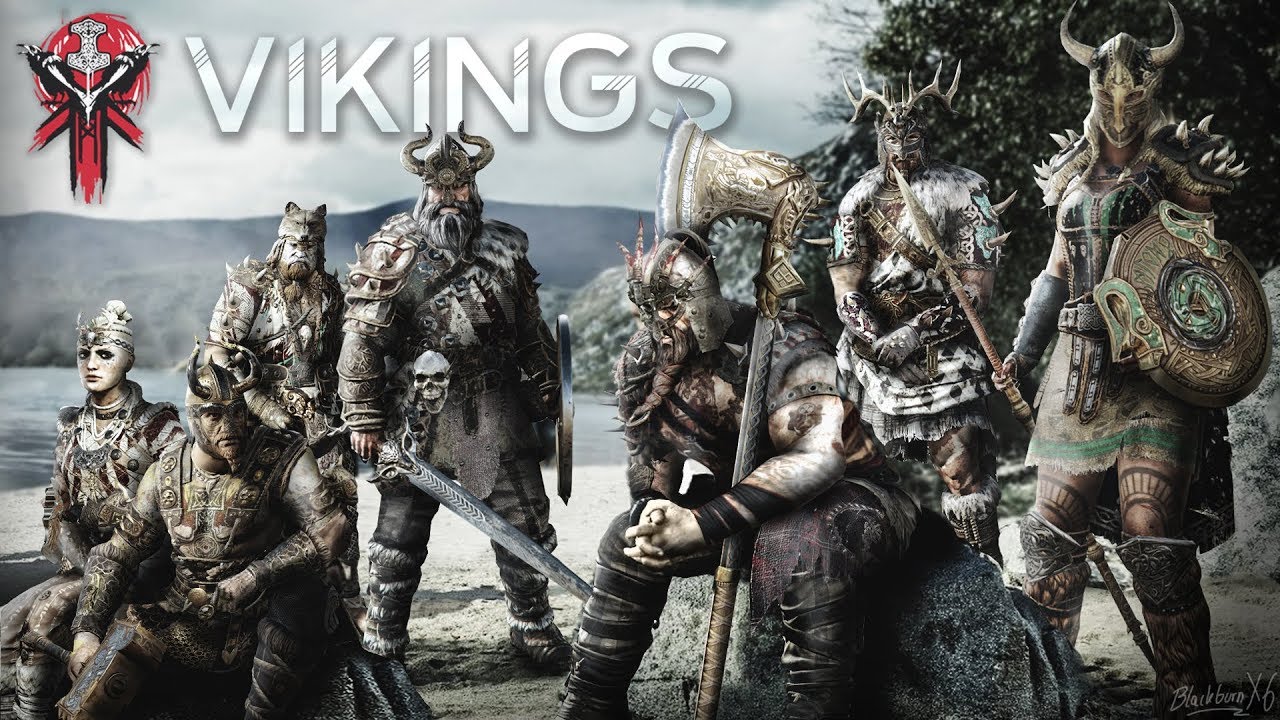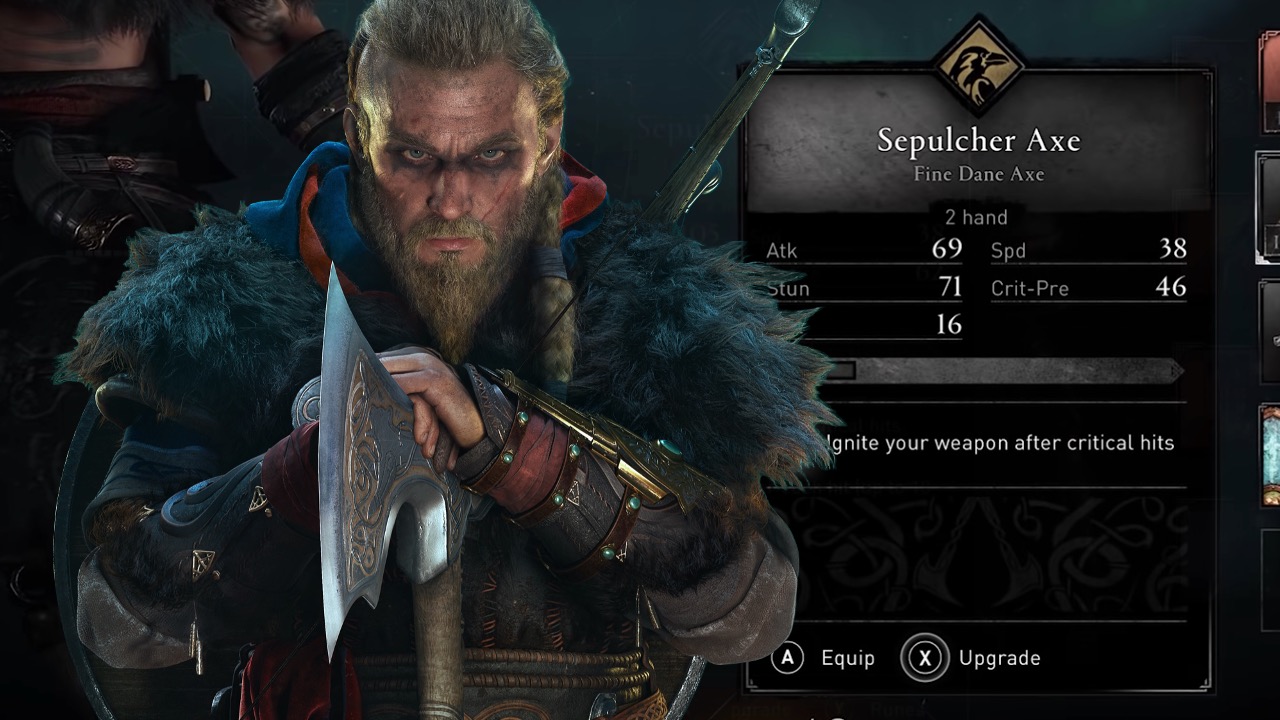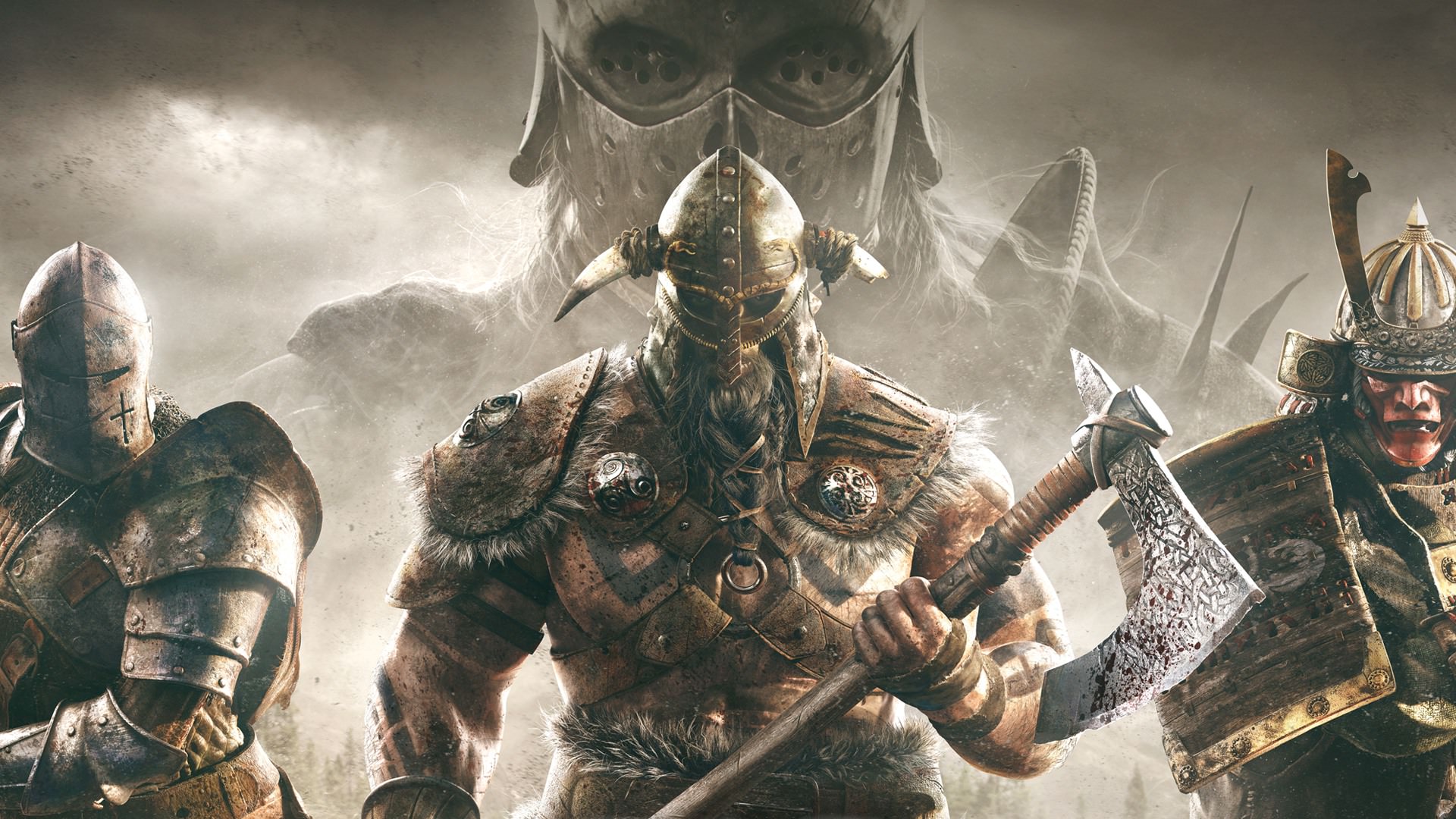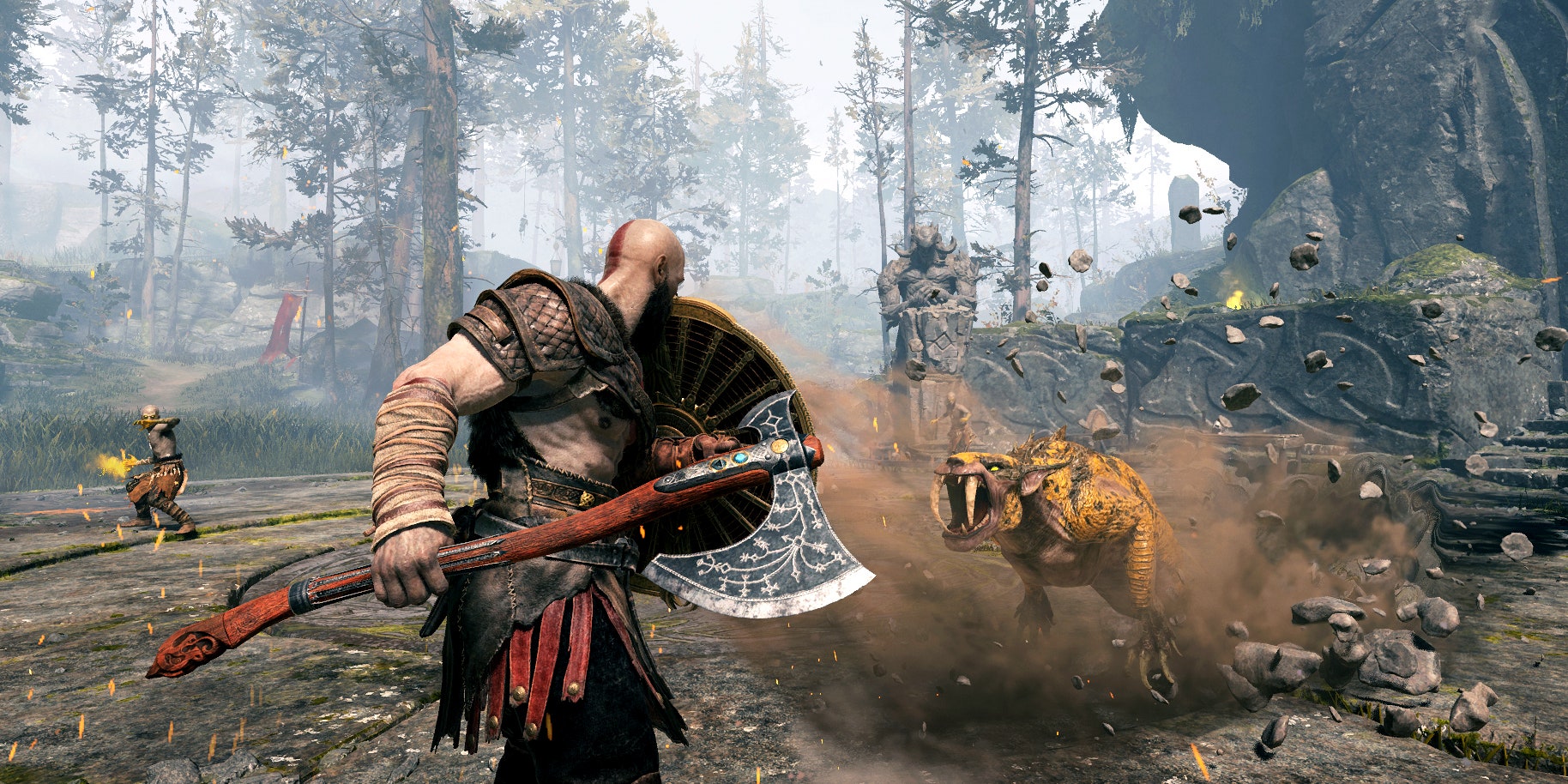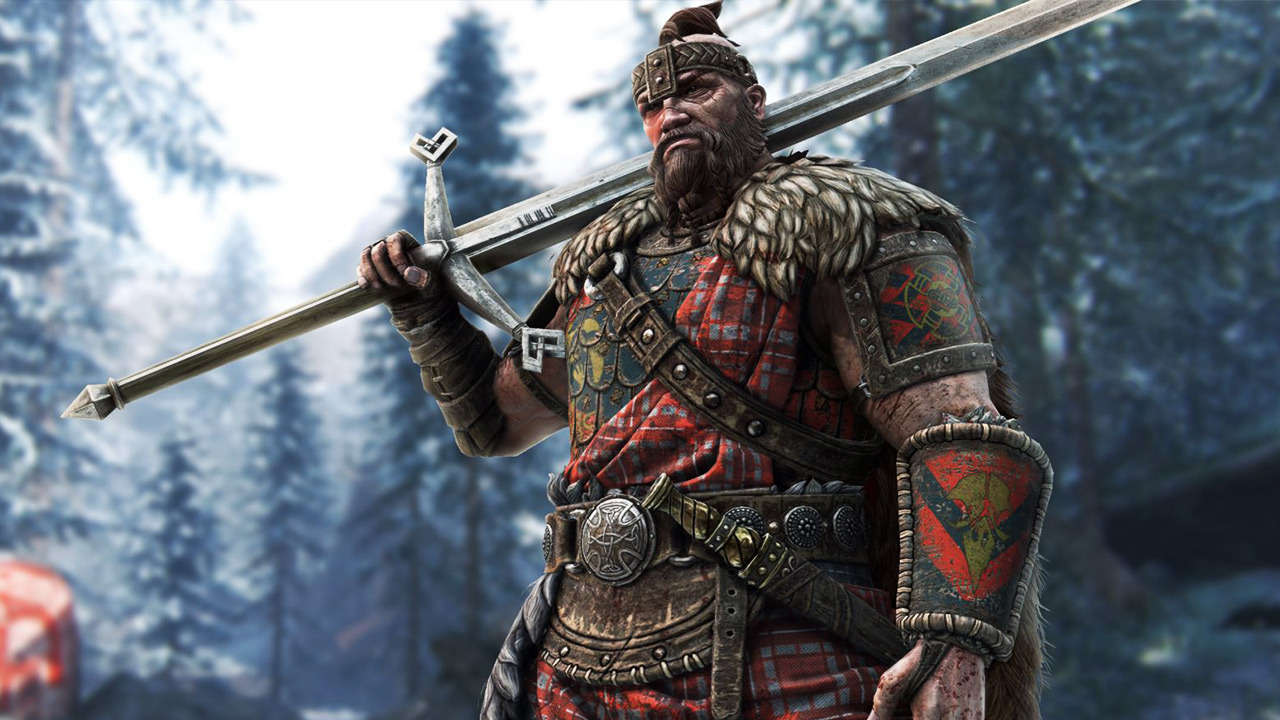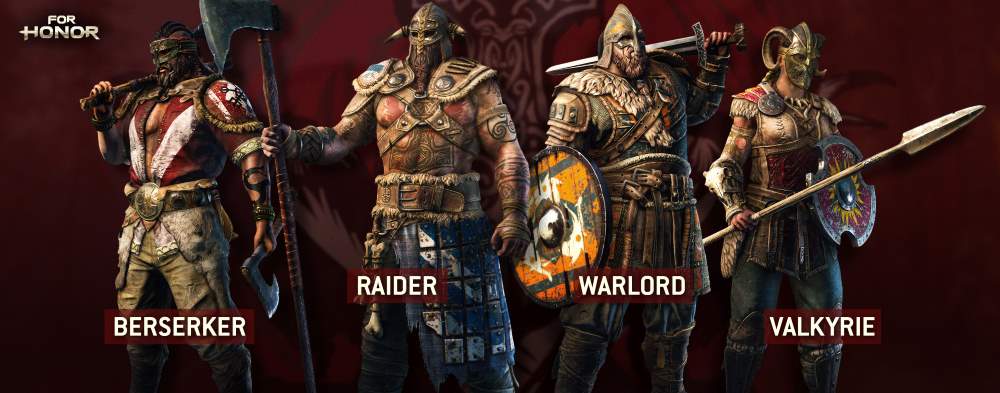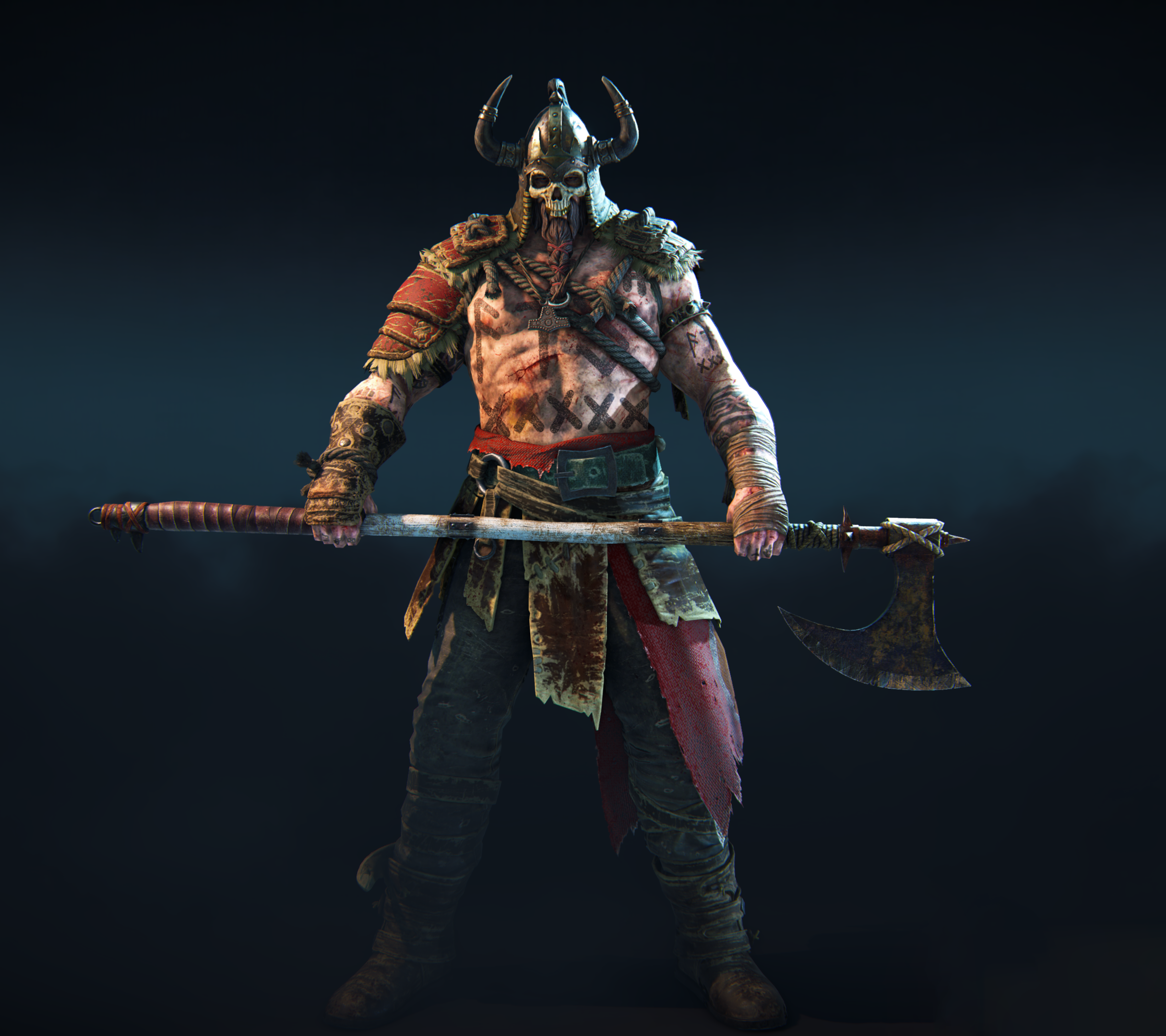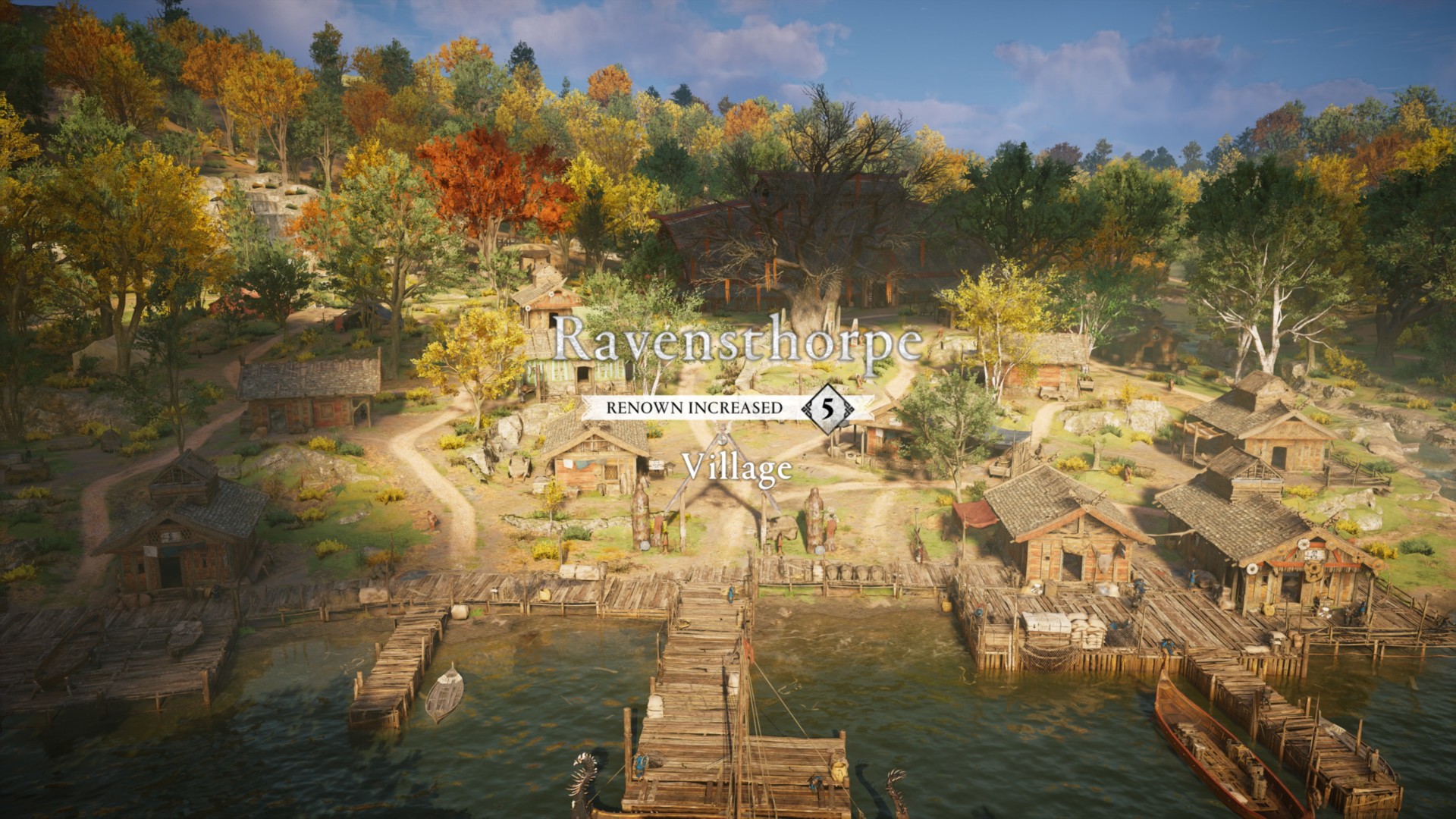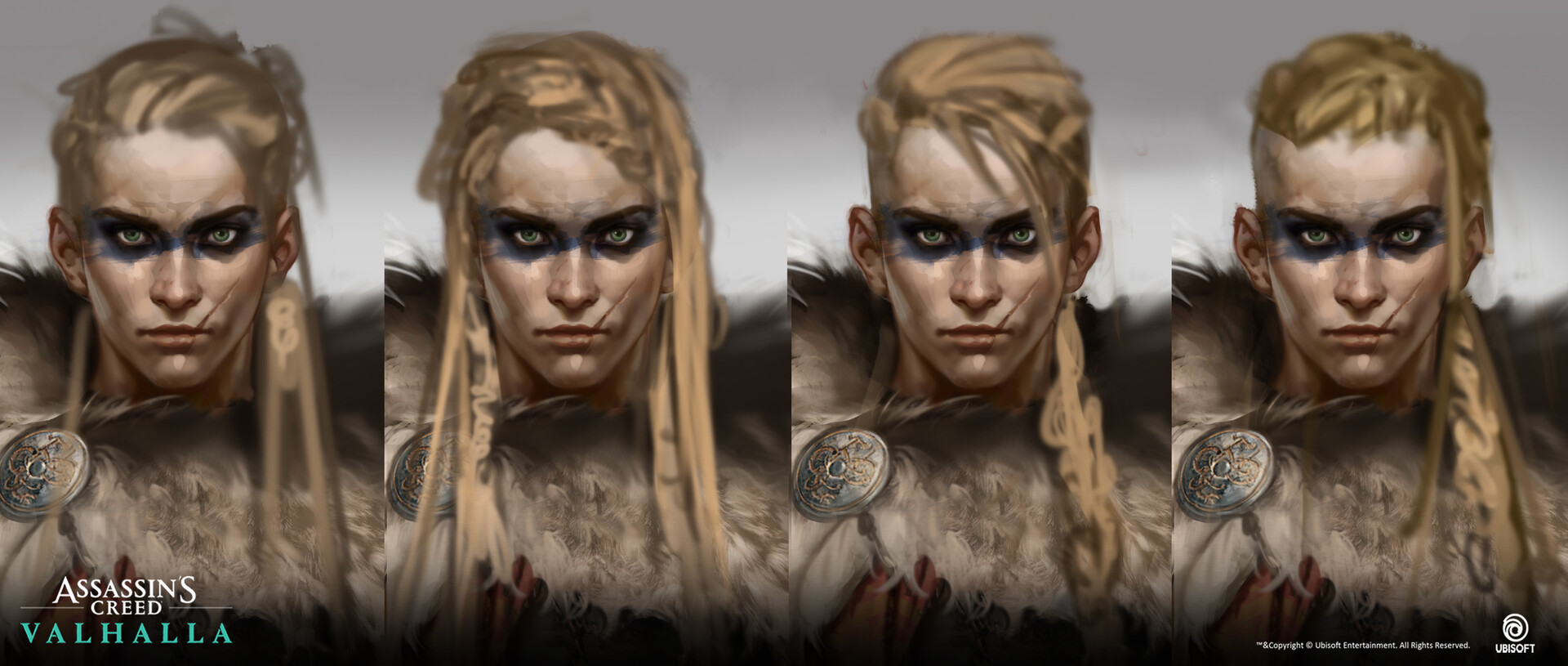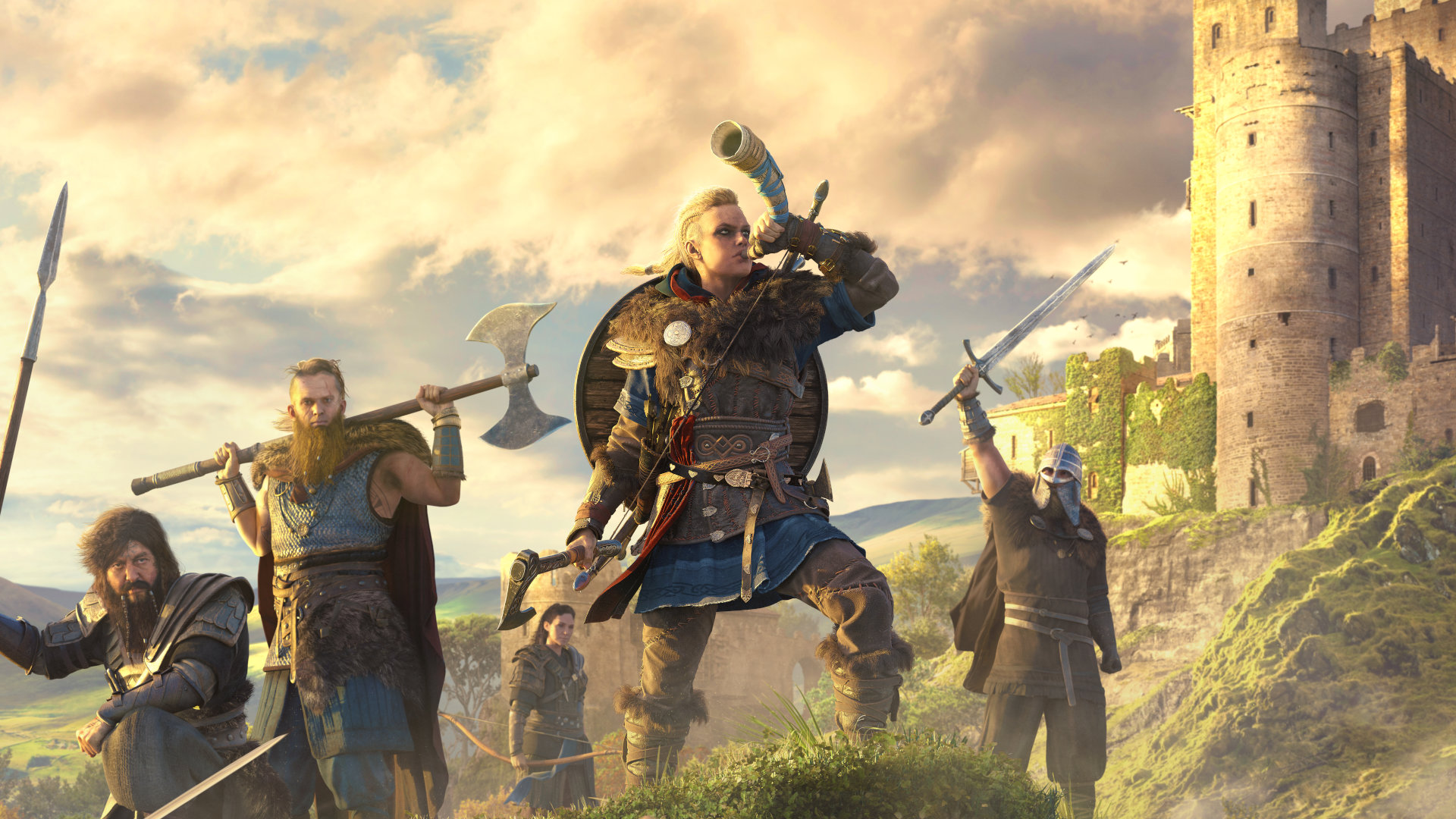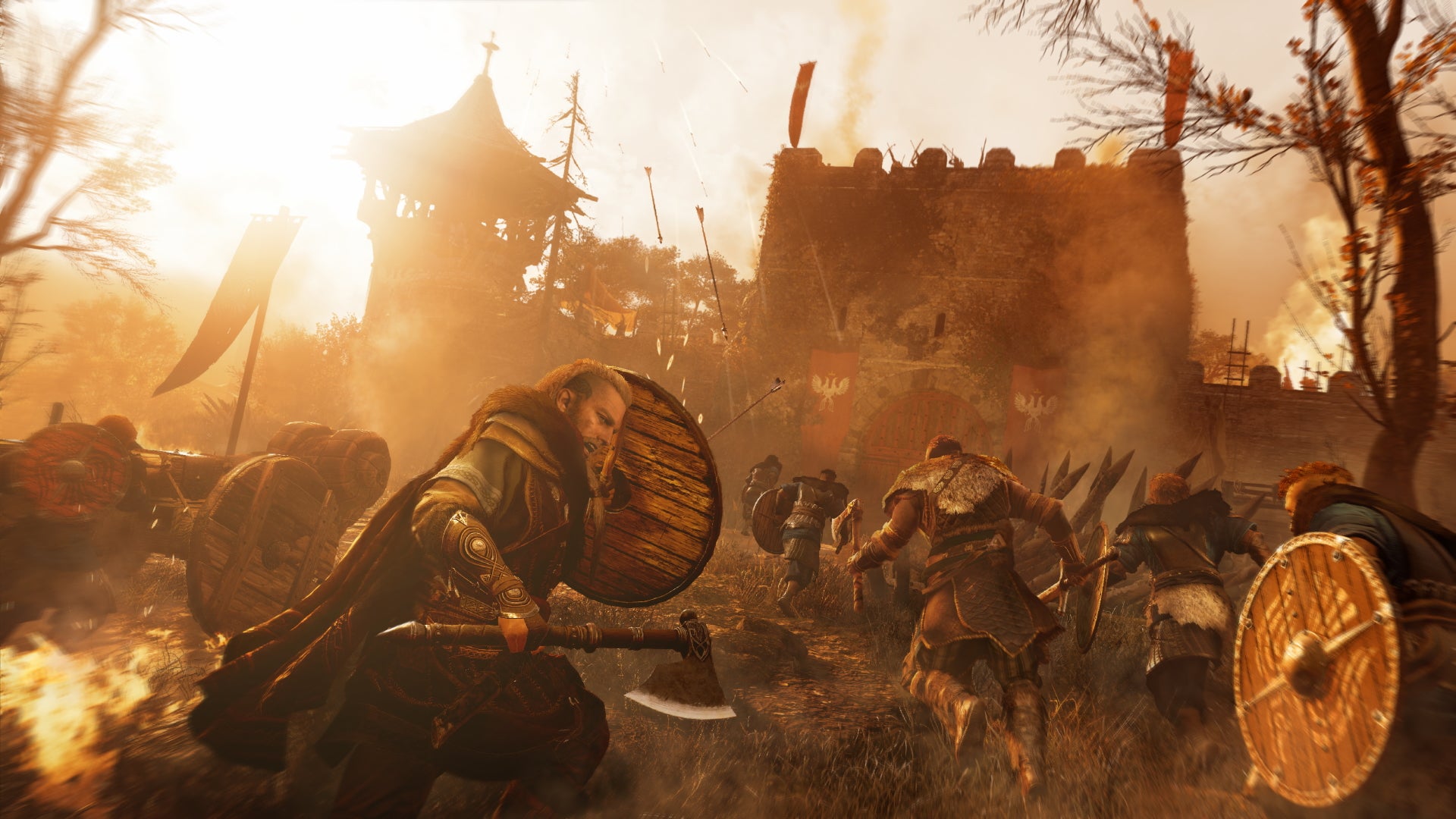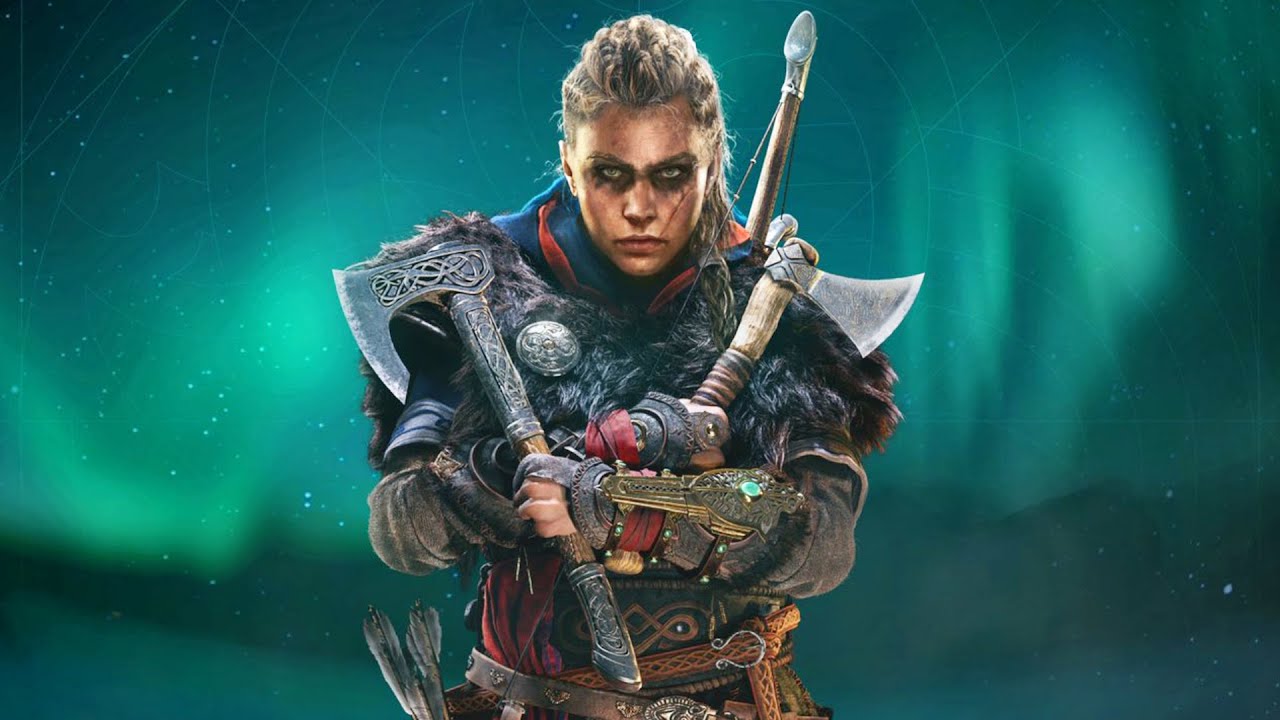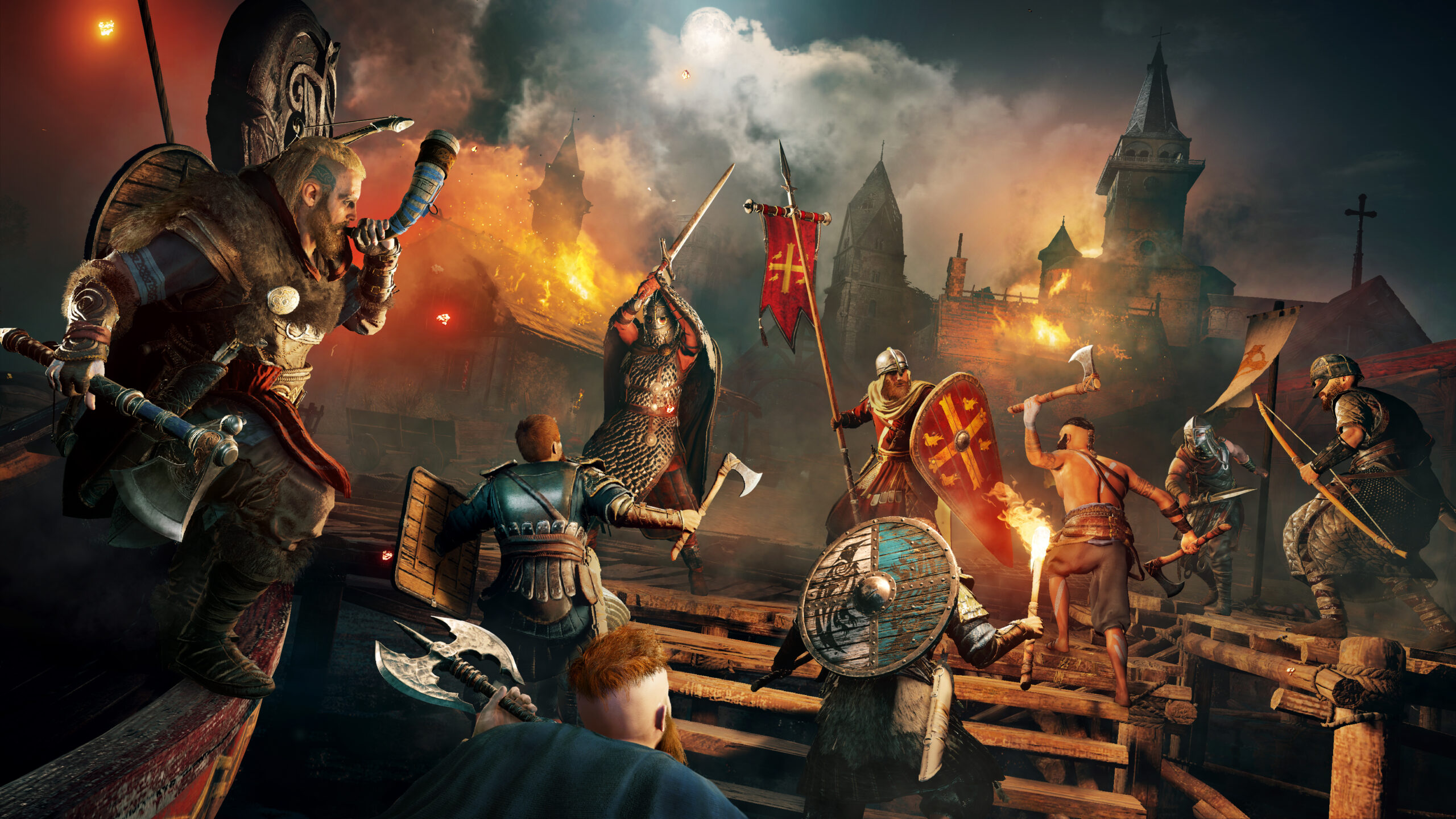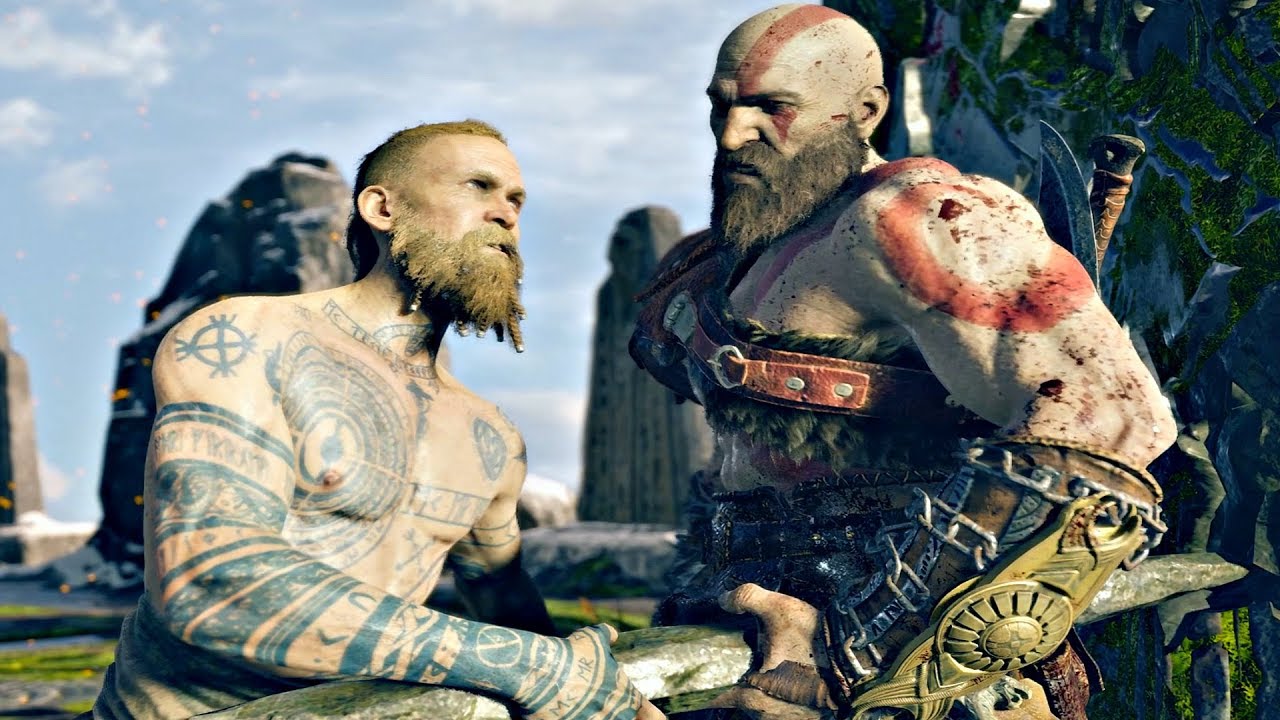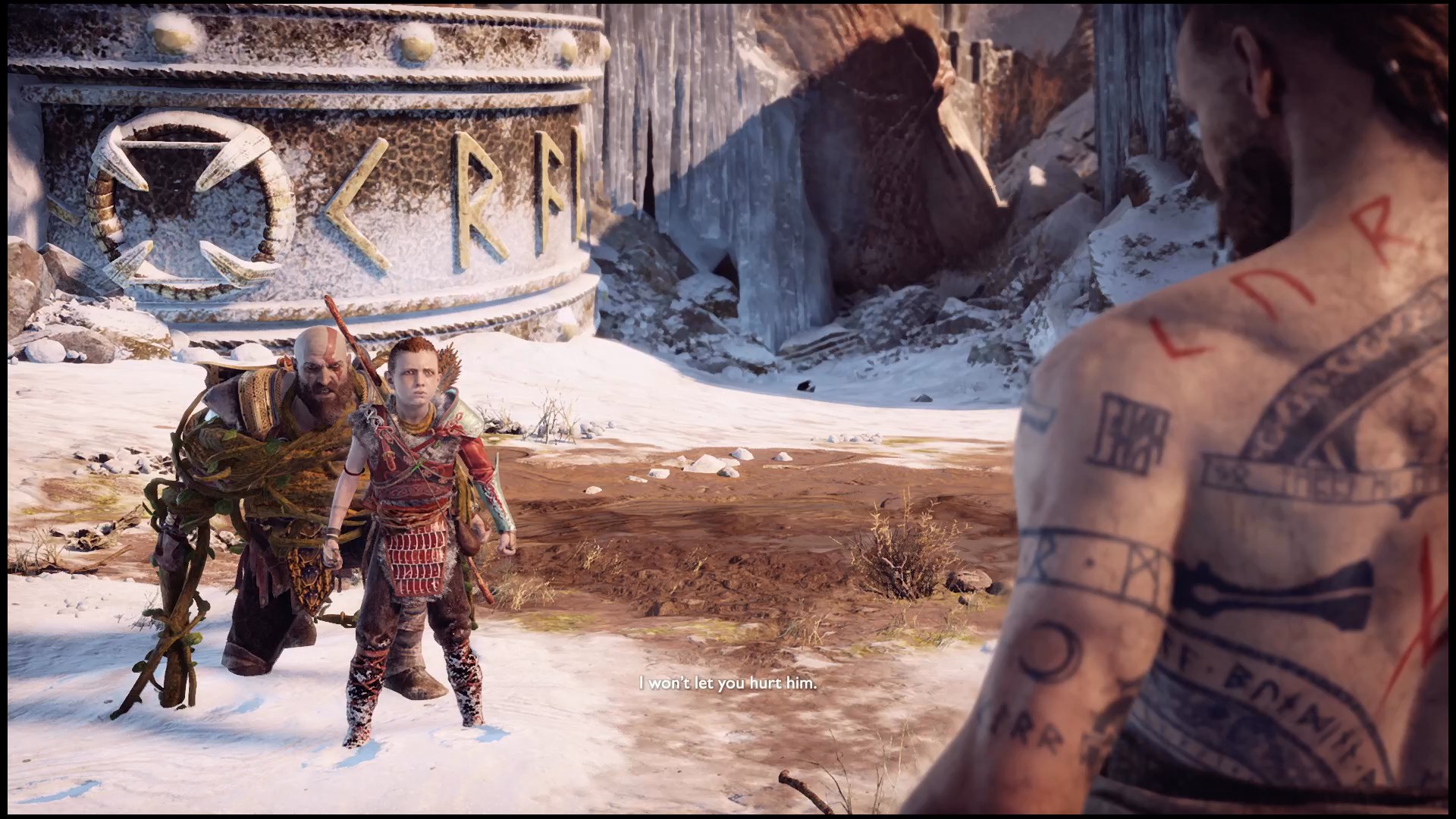15 Ways Video Games Mess Up Vikings
Vikings are some of the coolest warriors in history, making them superb subjects for action-oriented video games. Of course, said video...
Published 4 years ago in Facepalm
And we're not complaining, but the depictions of Vikings have become warped as result. So what ends up on our screens while awesome, isn't exactly correct. Here are some ways video games get Vikings wrong.
1
Viking War Tactics in games are often completely misrepresented. In many games, you play a solitary warrior, charging in alongside your fellow warriors in an all-out raid. In reality, when meeting enemies on the battlefield, Vikings would often create a multi-layered wall of shields to protect themselves, which they would then ram into opposing forces before stabbing through the gaps in the shields. This is the case primarily in open-war, done to protect their groups en-mass.
2
Viking axes are among the most iconic weapons in history. It’s a shame, then, that many video games mess them up. Real Viking axes usually were one-sided and very simple and light-weight. Axes with two sides did exist in real life, but they were usually ornamental and infrequently used in combat. If you see a double-edged ax, it’s typically wrong.
3
Large beards – the hanging, curved edge of the ax – are common in video games, especially fantasy games. However, this is largely an inaccuracy. Axes usually had relatively small heads with sharp, simple beards. Many axes with larger beards were ornamental in nature and not brought with them to the battlefield. This is especially true in regards to thrown axes.
4
The iconic battle-ax seen wielded by Vikings, however, were often used by mounted warriors. You rarely see Vikings on horseback in games, but the larger, two-handed battle axes were often used by mounted warriors for this reason. They were also never thrown, as is often seen in video games like the newest God of War.
5
Any game that indicates that Vikings only used axes, however, are completely wrong. Vikings raided villages, which meant that other weapons were often stolen and repurposed in battle. Vikings used bows and arrows, swords, clubs, and all assortment of weapons, many of which belonged to neighboring cultures.
6
However, another problem games often come into is mismatching the historical periods from which weapons were forged. Many crude throwing axes and great axes seen in video games come from older periods in history but are often paired with warriors dressed in armor used far later in history. This is especially true in regards to more elaborate, plated armor.
7
Horned helmets existed in history, but they were not used historically in combat. Helmets protect the wielder’s heads from impact. Horns only served to give the enemy something to grab hold of when fighting you. The horned helmet originates in opera and dramatic depictions of Vikings. However, while they existed in decoration, there is no evidence indicating these helmets were used in combat.
8
Villages in Scandinavia were often sparse. Video games often showcase these elaborate, complex towns, but the reality is that much of the area consisted of widespread farmland. While there were drinking halls where people congregated, as well as market places, Viking villages were far from the metropolises you see in Assassin’s Creed, nor were they like the Scandinavian-inspired cities in Skyrim.
9
If you see a Viking with hair shaved on one side, it’s probably not reflective of the reality. This is less an inaccuracy and more of an uncertainty. We do not know for sure what sort of tattoos and hairstyles the Vikings wore into battle. Most art from the time that could visually represent the look of the typical Viking is simplistic in nature and often romanticized. Undeniably, mummified remains indicate Vikings had braids and tattoos, but the elaborate tattoos and modern hairstyles we sometimes see in games like Assassin’s Creed aren’t reflective of the reality.
10
Viking raids were, by their very nature, focused attacks on vulnerable locations. Often, the Vikings wouldn’t attack unless they knew they could win. That meant that the majority of raids were taken against vulnerable ports or small villages that were not well defended. Games that depict Vikings laying siege to a castle are unrealistic unless you are taking part in a Viking army -- which, as mentioned before, is often not realistic either.
12
Often, we see male Vikings charge into battle with no women in sight. Anytime you see this, it’s historically inaccurate. Beyond shield-maidens, there is tons of historical evidence that Viking raiding parties consisted of male and female raiders. Women held more power in Scandinavia than in many other cultures at the time, being able to own property, divorce, and even run merchant businesses.
14
Many games feature Scandinavian people as worshipers of Norse folklore. This obviously is accurate, but many Danes and figures of high status would convert to Christianity as a means of political power. This meant that many people would ultimately end up believing in a hybridization of faith, praising both the Old Gods and the New. This is also why many modern Christian beliefs share so much in common with Norse folklore. Medieval depictions of God bear a remarkable similarity to traditional portrayals of Odin.
15
One of the biggest mistakes games make is believing that all Vikings existed in Scandinavia. This is, again, completely false. The Norse cultures spread into England and France. The Normans, who invaded England in 1066, were the descendants of Vikings who had raided and colonized that region of Northern France. The Vikings very famously, under Leif Erikson, formed Vinland, a colony on the Canadian island of Newfoundland.

